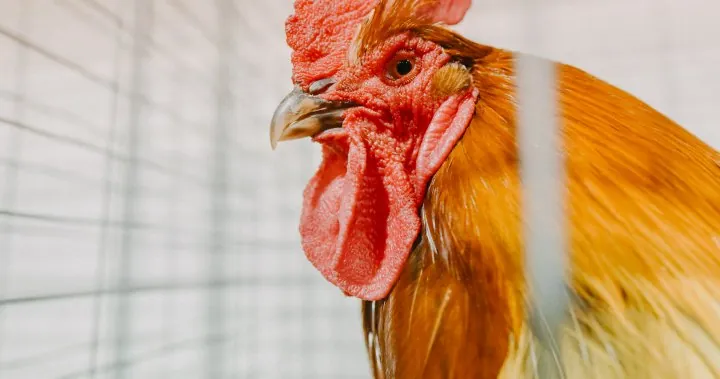
Alarming Mutation of Bird Flu in Canada Sparks Fears of Human Transmission
2024-11-19
Author: Sophie
Overview
A teenager hospitalized with bird flu in British Columbia, Canada, may have contracted a worrying variant of the virus that appears to be more transmissible among humans, according to preliminary data. This development raises significant alarms, particularly in the United States, where certain cases of H5N1 may go unmonitored and undetected.
Experts' Concerns
Virologist Richard Webby from St. Jude Children's Research Hospital expressed concern, noting that the U.S. testing and surveillance for bird flu are "absolutely" insufficient. "If we aren't monitoring these cases closely, we risk missing mutated strains that could pose serious health risks to humans," he warned.
Teen's Condition and Viral Mutation
The affected Canadian teen initially showed symptoms on November 2 and was subsequently hospitalized on November 8. Currently in critical condition, the teenager is battling acute respiratory distress, a life-threatening lung complication.
Sequencing of the H5N1 variant that has affected the teenager revealed a potential mutation at a genetic point known to increase susceptibility in humans. While experts are still determining the implications of this mutation, there are indications that H5N1 may be evolving to behave more like a human-adapted virus rather than remaining solely avian.
Expert Recommendations
Angela Rasmussen, a virologist at the Vaccine and Infectious Disease Organization at the University of Saskatchewan, emphasized that multiple factors are typically involved in the ability of a virus to infect humans effectively. She cautioned, “These developments are warning signs, and we must heighten our surveillance and efforts to minimize human infections as much as possible.”
Spread and Surveillance
The specific strain of H5N1 that infected the teen has shown a tendency to spread among birds in British Columbia and nearby parts of the U.S. Notably, 11 poultry workers in Washington State contracted this variant while culling infected birds, although they did not exhibit the mutation found in the teenager.
As of now, there have been no additional bird flu cases reported among the teen’s close contacts, which include family, friends, and healthcare providers. The identification of the case was part of routine disease surveillance, which has not uncovered any further infections in the region.
Health Officials' Response
In response to the case, Canadian health officials are conducting blood tests on the teen’s contacts and expect results soon. Despite ongoing outbreaks of H5N1 in local poultry, officials noted that the teen had no direct contact with infected birds, raising suspicions about potential exposure to domesticated pets that may have encountered the virus.
Wildlife Interactions and Transparency Issues
Rasmussen pointed out that interactions with wildlife—including birds—are more common than people often realize. Experts highlight the varying levels of surveillance across different countries, criticizing the lack of testing and transparency in the United States, where farm workers may not be informed about potential risks and outbreaks.
Future Implications and Recommendations
Authorities in Canada remain hopeful that the mutated strain will not spread further. "If this strain results in no additional human infections, it could come to an evolutionary dead end," said Rasmussen.
However, the potential for future mutations remains a concerning possibility. If undetected human cases arise, there is an increased risk that the virus could spread rapidly before it is identified. “Vigilance is essential. If we fail to detect cases, we could face significant outbreaks,” Rasmussen reiterated.
Conclusion
This alarming mutation serves as a crucial reminder of the need for comprehensive monitoring and control measures for the H5N1 virus. Experts urge immediate action to prevent a potential public health crisis, stressing that we must act decisively to contain this virus before it becomes a more serious threat.









 Brasil (PT)
Brasil (PT)
 Canada (EN)
Canada (EN)
 Chile (ES)
Chile (ES)
 España (ES)
España (ES)
 France (FR)
France (FR)
 Hong Kong (EN)
Hong Kong (EN)
 Italia (IT)
Italia (IT)
 日本 (JA)
日本 (JA)
 Magyarország (HU)
Magyarország (HU)
 Norge (NO)
Norge (NO)
 Polska (PL)
Polska (PL)
 Schweiz (DE)
Schweiz (DE)
 Singapore (EN)
Singapore (EN)
 Sverige (SV)
Sverige (SV)
 Suomi (FI)
Suomi (FI)
 Türkiye (TR)
Türkiye (TR)